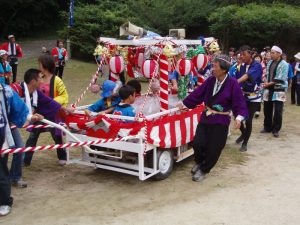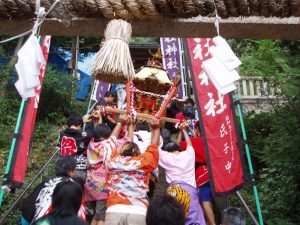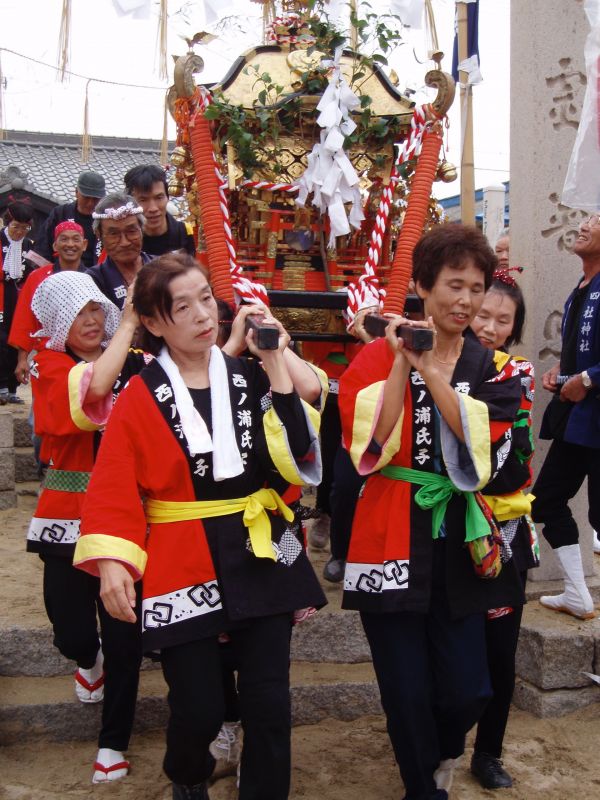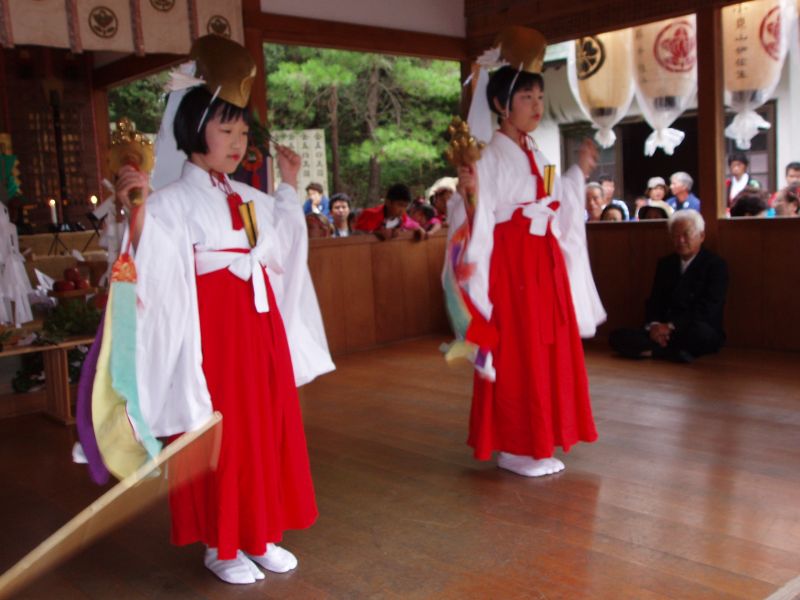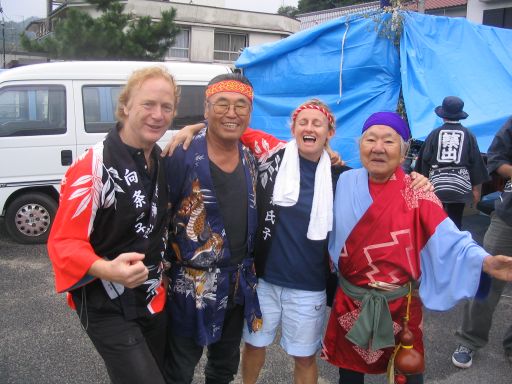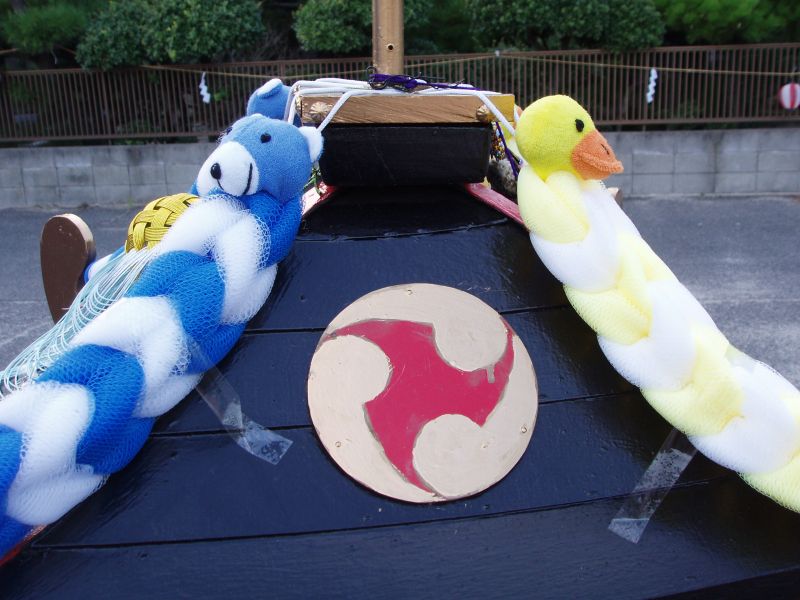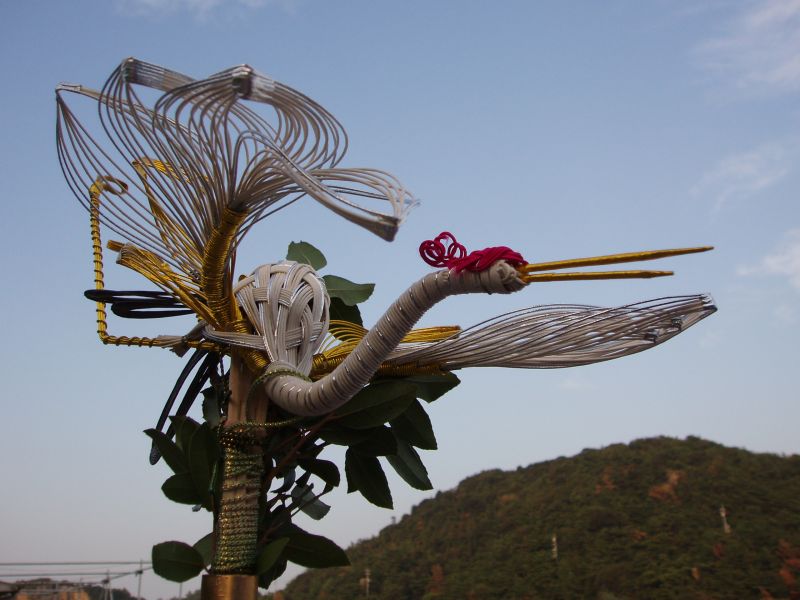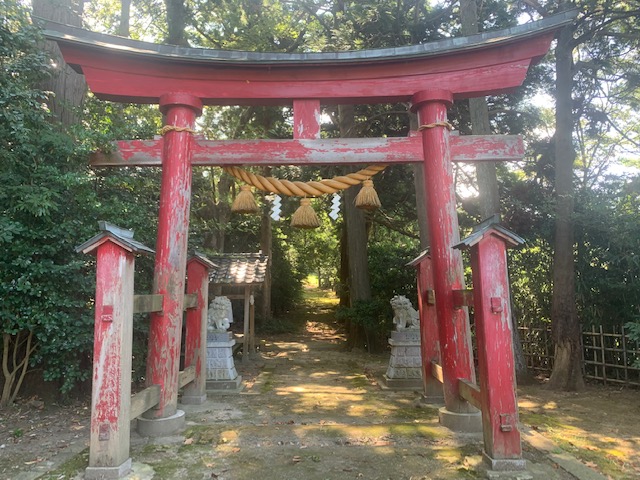
There was a scorching September sun when I arrived, but volunteer guide Tsukakoshi Takayuki whisked me into his air-conditioned truck and away we sped. Raised in Tokyo, his Sado-born mother had taken him to the island for summer holidays. After graduating in mechanical engineering, he was seconded to work in Kentucky at a time when American car companies were eager to hook up with Japan. Fate intervened in the form of 9/11, after which the Homeland Act came in and foreigners were out. Instead of an American Dreamer he became a Sado Dreamer, working as a freelance translator and guide. Had it been a good move? ‘Yes, yes!’ he said emphatically.
With little work because of Covid, Takayuki had set aside time to show me around. His time in America had made him easy-going, friendly and flexible. When he asked what I wanted to see, I mentioned four things for which Sado is famous: exile, gold mine, Noh and taiko. If I could fit them all in, I would be more than happy. ‘No problem,’ he said.
We had not been driving long before we passed a copse-encircled Shinto shrine. The torii gateway was in the syncretic Ryobu style, indicating Buddhist connection, and the rundown condition of the buildings spoke of a former grandeur. Spiders’ webs covered the doors, and the faded glory exuded a melancholy air. It felt almost as if a good friend had succumbed to old age. I asked about depopulation. ’When I came here twenty years ago, there were 70,000 people,’ he said. ‘Now there are only 50,000. If we continue like this, there will be no one left in fifty years. It is very, very sad. People have been living here since Jomon times.’
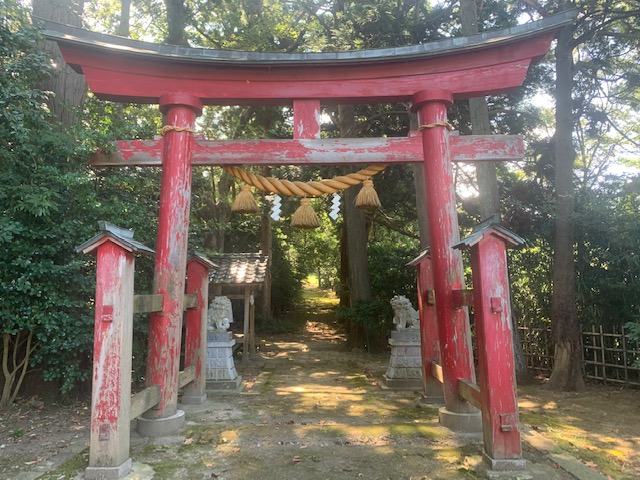
****************************
One of Sado’s famous exiles was Zeami (1363-1443), founder of Noh. Despite his status, he fell out with a shogun and in 1434 was sent into exile, where he is thought to have remained until the shogun died seven years later. His legacy, remarkably, is some fifty plays and treatises that spell out the aesthetics. The slow and dreamlike atmosphere is so far removed from the busy life of modern Japan that it is a wonder it still survives. In Sado it is deeply enrolled in community life. Or was. There used to be well over a hundred stages; now there are ‘only’ thirty, which given the small population is extraordinary.
Takayuki explained that the popularity had little to do with Zeami as such, but originated centuries later when the country was in Edo-era lockdown. The plays were introduced by samurai officials running the gold mine, and the isolated islanders took to the upper-class entertainment. And so it was that uneducated farmers sat entranced as ghostly figures moved with eerie slowness to the otherworldly sound of musicians. Performances became a measure of a village’s worth, and the stage a measure of its standing.
All that is now left of Zeami’s stay on the island is a small rock on which he stopped to rest. Not so much a case of Zeami lived here, but Zeami sat here. Since there was no one around, I started to imagine the scene as the setting for a Noh play. A local farmer planting rice is approached by a robed figure who asks the way, and the farmer tells him of a famous man who was exiled here. He sits on the rock, and discloses to the stranger that he is in fact the spirit of Zeami, unable to rest because of the injustice done to him. In the second part of the play the stranger takes a nap, and in his dream Zeami appears and does a stately dance reenacting his wrongful exile. The play then ends with the stranger awakening and the ‘hungry ghost’ pacified.
I tried to tell Takayuki the story, but he had little enthusiasm and said he did not care for Noh. His tastes were all American, he confessed. Cowboys and Disney and pop music. It was a case of mirror images: the Japanised Westerner face to face with the Westernised Japanese.
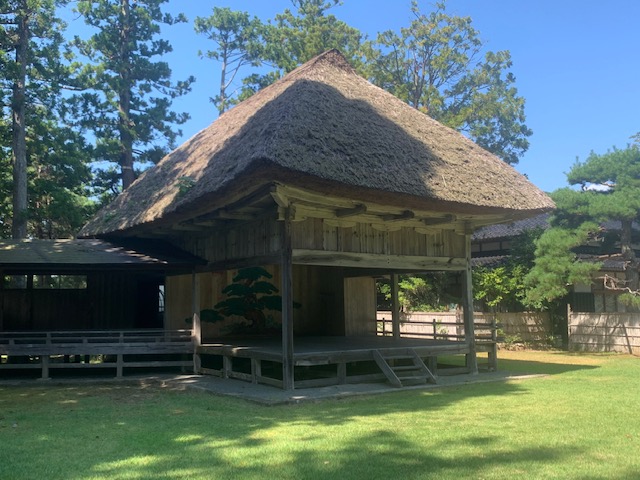
************************
For more about Noh and the links with Shinto, see this posting.

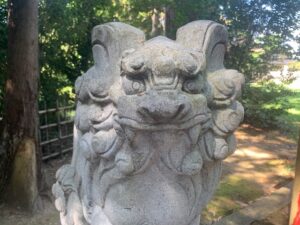
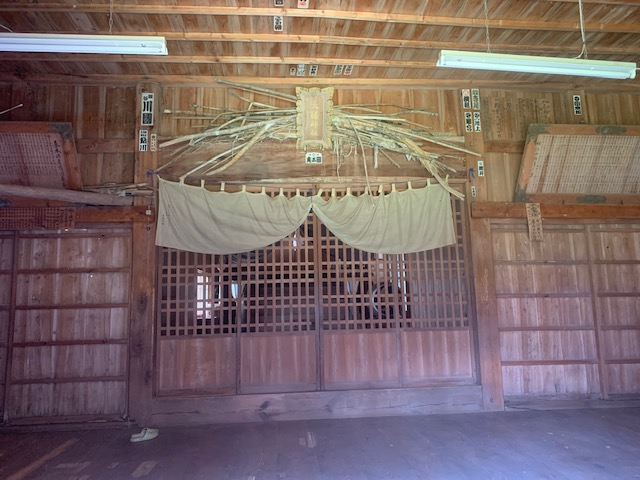
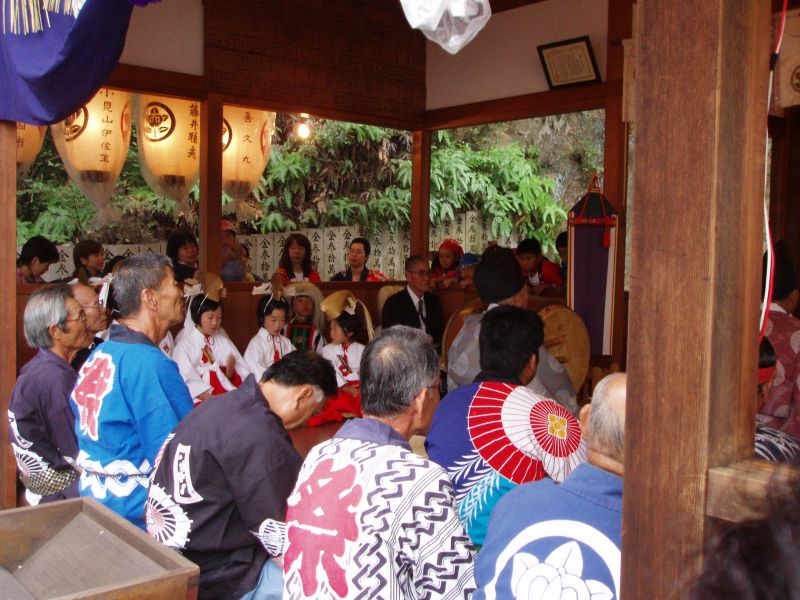 Yesterday I had lunch with Danish Shinto expert Esben Andreasan. He kindly gave me his book on “Japansk Religion” which contains s a compilation of 18 significant texts on Shinto divided into sections on Mythology, Ritual, Nationalism and Modernity. Some of the pieces look intriguing and I’d dearly love to read them. Trouble is I can’t read Danish!
Yesterday I had lunch with Danish Shinto expert Esben Andreasan. He kindly gave me his book on “Japansk Religion” which contains s a compilation of 18 significant texts on Shinto divided into sections on Mythology, Ritual, Nationalism and Modernity. Some of the pieces look intriguing and I’d dearly love to read them. Trouble is I can’t read Danish!